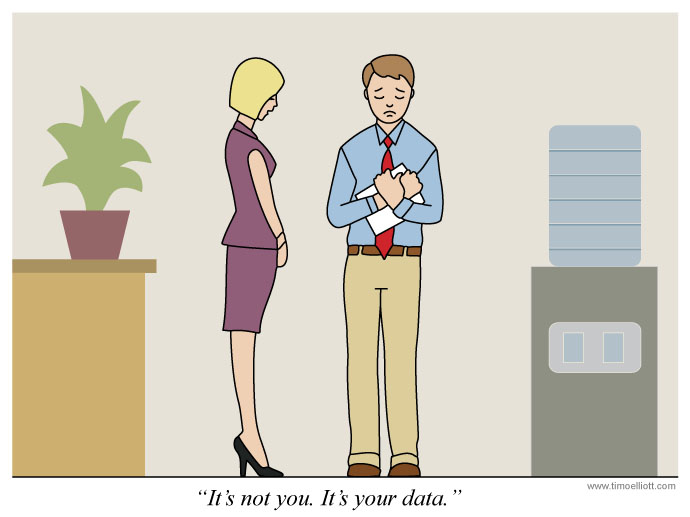Since my family likes to take a day off from cooking on Fridays, we recently visited the deli of our favorite organic grocery store. At the take-out bar, I noticed an unusually long line of people under a large sign reading, “In-House Made Wing Buckets. All You Can Fill. On Sale for $4.99, Regular $9.99.” Well, I love wings and couldn’t resist the temptation to get a few.
The opportunity was to add wings (one of my favorite appetizers) to my dinner. But instead of using the special wings bucket, I chose the regular salad bar container, which was priced at $8.99 per pound regardless of the contents. I reasoned that the regular container was an easier-to-use option (shaped like a plate) and a cheaper option (since I was buying only a few wings). My assumptions about the best container to use led to a split-second decision—I “blinked” instead of “thinking twice.”






